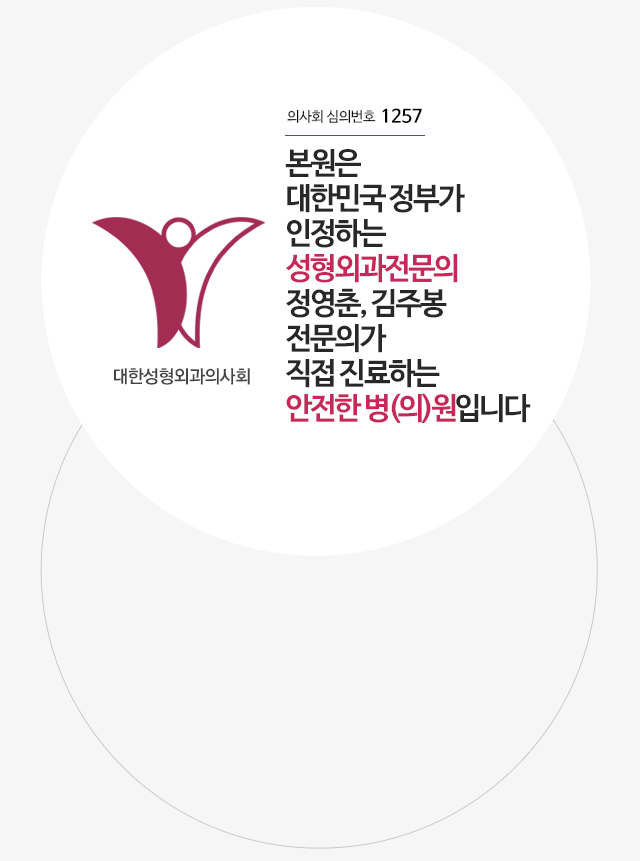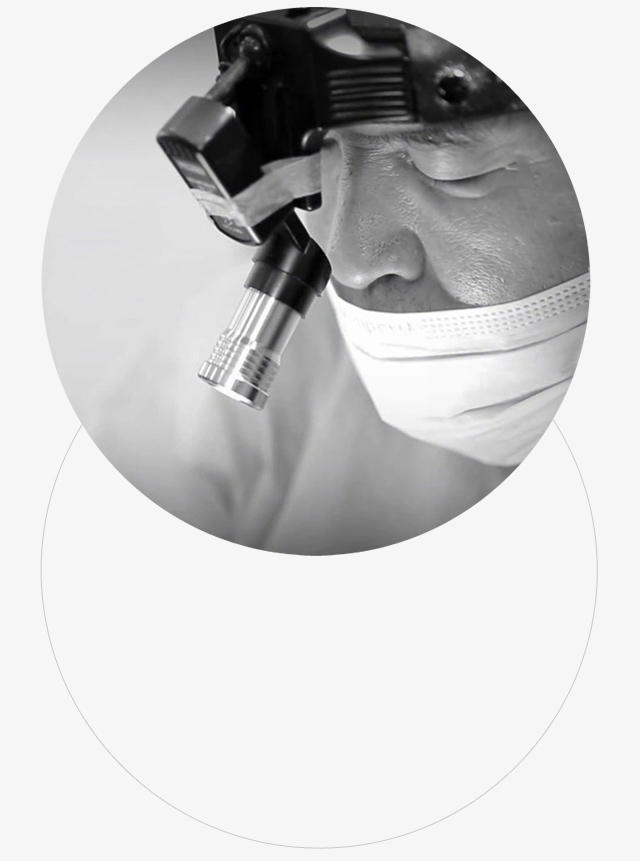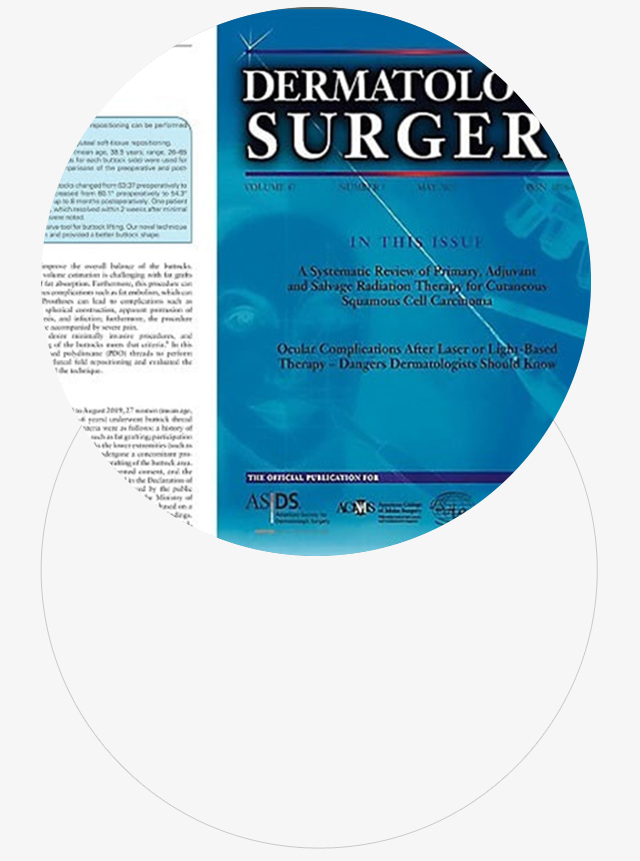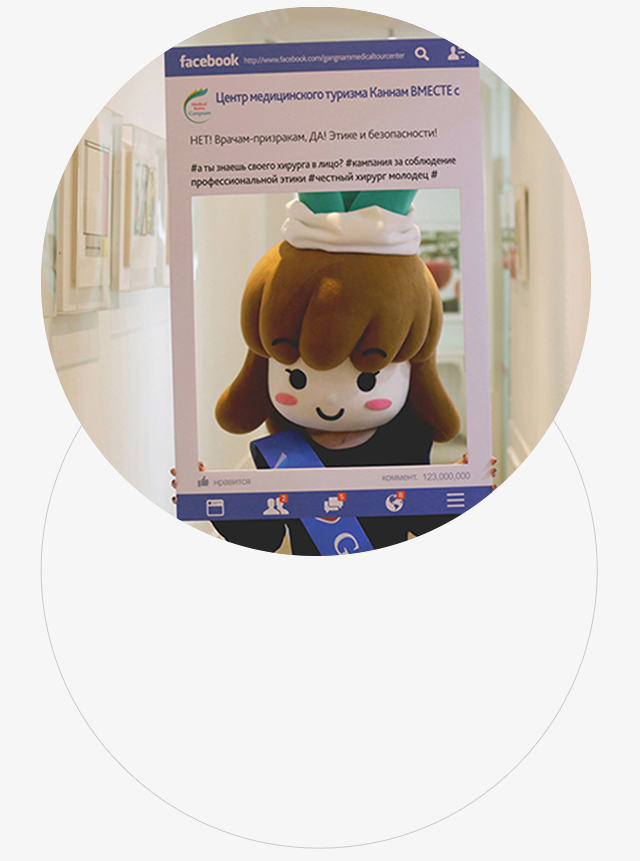

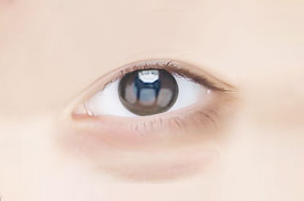




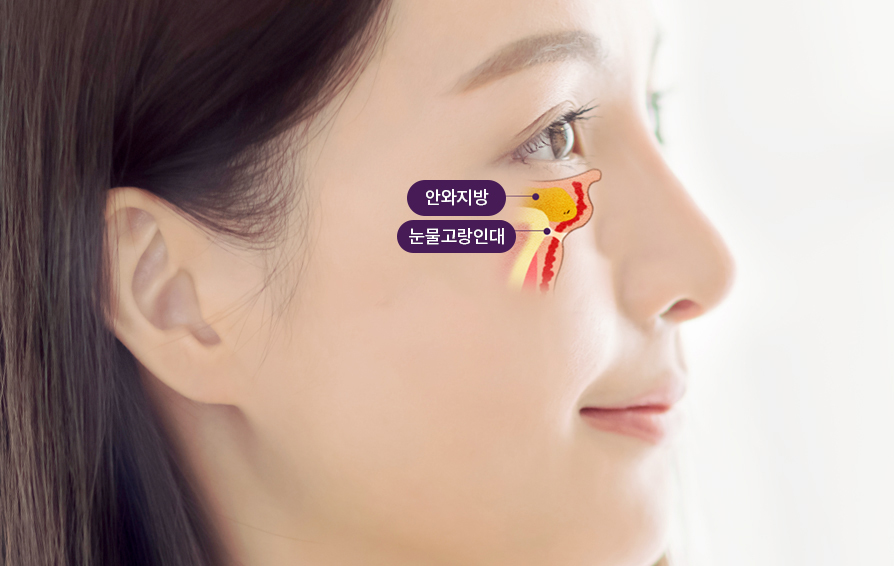

 Septum Strengthening and Under-Eye Fat Repositioning
Septum Strengthening and Under-Eye Fat Repositioning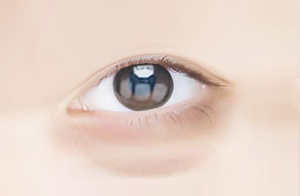
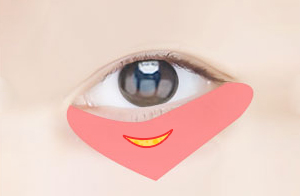
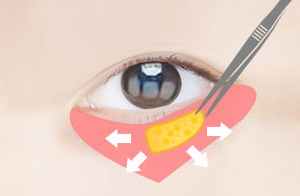

 Diagnose the Eye Condition Thoroughly Before Surgery
Diagnose the Eye Condition Thoroughly Before Surgery  Dedicated Medical Team for Eye Plastic Surgery with Personalized 1:1 Care
Dedicated Medical Team for Eye Plastic Surgery with Personalized 1:1 Care
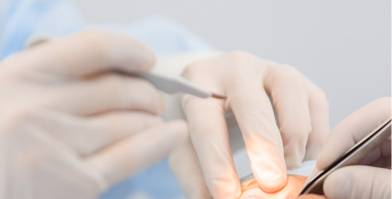



Q.Is Under-Eye Fat Repositioning Different From Under-Eye Liposuction?
A.
From a broader perspective, both surgeries aim to address the imbalance in the distribution of under-eye orbital fat.
The difference lies in the fact that under-eye fat repositioning involves not only the removal of excessive orbital fat but also the redistribution of some fat to the hollowed areas along the tear trough.
Since the incision site for both procedures is the same, they can be selectively performed if deemed necessary during the diagnosis.
Q.Will There Be Noticeable Scarring?
A.
The incision is made on the inside of the lower eyelid, resulting in no visible scar left after the surgery.
However, when aging symptoms are severe and a simultaneous surgery is performed with lower blepharoplasty to remove drooping skin, a scar may be visible over time, as the incision is made externally.
Q.Are There Any Side Effects?
A.
All surgeries carry the potential for unexpected discomfort or side effects.
To minimize these risks, it is essential to consult with experienced specialists and carefully follow post-surgery care instructions.
If you experience significant discomfort, severe bleeding, heat sensation, inflammation, or any other concerning symptoms, it is important to promptly contact the clinic for appropriate care.
Q.Will It Be Painful?
A.Post-surgery pain is typically mild, but some discomfort may occur as the anesthesia wears off. Diligently following post-surgery instructions and guidelines, along with taking all prescribed medications from the clinic, can help prevent inflammation and alleviate pain.
Q.When Can I Return to Daily Activities?
A.
Aside from the surgical mark being noticeable and slightly uncomfortable, the typical recovery period for bruising and swelling is around 2 to 3 weeks.
After this period, you can resume daily activities such as applying eye makeup and wearing contact lenses.
Over the following 3 to 6 months, the tissues affected by the surgery will gradually heal, resulting in a natural outcome. By following the post-surgery instructions provided by the hospital, you can expect a faster recovery and more stable surgical results.
Q.What Are the Post-Surgery Precautions?
A.
Prior to the surgery, the clinic will provide you with explanations, consent forms, and pre-surgery instructions.
After the surgery, the clinic will provide post-surgery instructions as well as prescribed medication.
Some important post-surgery instructions include abstaining from alcohol and smoking for about a month to prevent bleeding and infection.
If you experience itching, swelling, or allergic reactions around the eyes while taking antibiotics after the surgery, discontinue the medication and visit the clinic.
It is advisable to avoid getting water on or around the eyes for about a week.
To reduce bruising, swelling, and bleeding, cold compresses can be applied for approximately 2 to 3 days after the surgery, followed by a combination of warm and cold compresses after one week, along with light walking. It is important to avoid positions that increase blood pressure around the eye area, such as bending over.


 힙업리프팅으로 애플힙 뒤태 만들수있나요? 힙업성형 Q&A
힙업리프팅으로 애플힙 뒤태 만들수있나요? 힙업성형 Q&A

 어깨필러 상담부터 시술과정까지, 직각어깨 REAL 현장
어깨필러 상담부터 시술과정까지, 직각어깨 REAL 현장

 쌍수하고 술 언제부터 마셔도 되나요?
쌍수하고 술 언제부터 마셔도 되나요?


